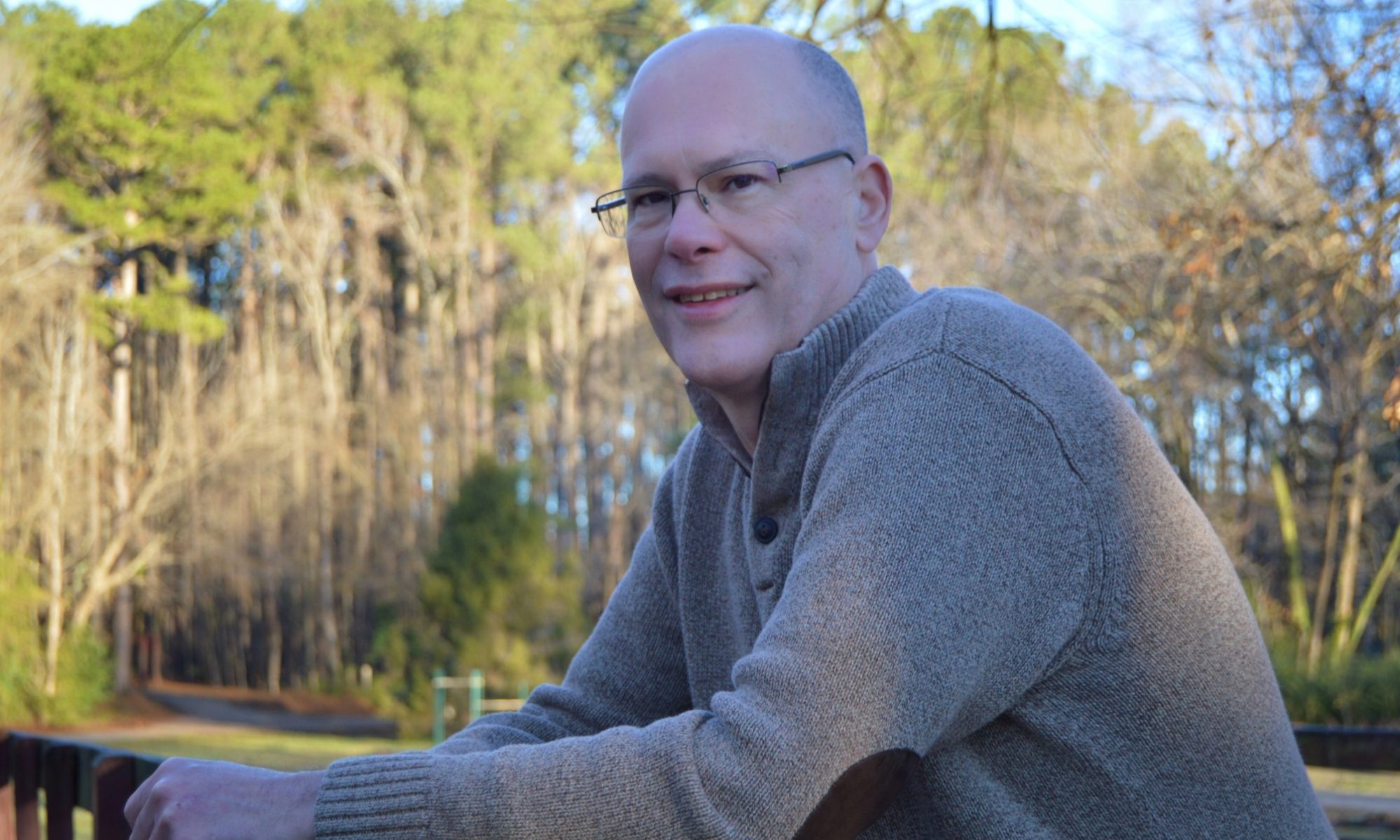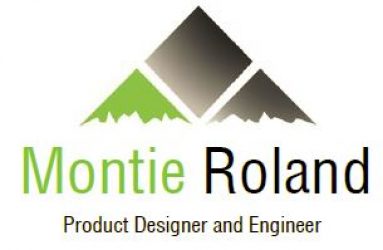by Montie Roland, President – Montie Design
Product design in the RTP area is nothing new. Entities that vary in size from the smallest startup to the largest multi-national companies are engaged in a daily business of product development. These companies dont practice the art and science of product development in a vacuum. They rely on an infrastructure of local vendors that provide a variety of services and products.
Since moving into our new office space where we added an embedded machine shop, and becoming a part of the RTP Product Development Guild, the Montie Design business model has changed dramatically. The biggest change is how much tighter we have integrated with the product design community around us. Our firm has relied on the services of other vendors for years, so in itself this is nothing new.
The new offices opened in June of 2007. Approximately one month later, we were joined in the office by Brandon Lisk and 101Machine. The office space included a shop and office area big enough for both companies. The rationale for having them in the same space allows both companies to offer more vertically integrated services. Consulting firms operate with remote (across town) vendors every day, but being in the same building allows a greater level of cooperation and coordination, thus relieving pressure from clients to have an in-house machine shop.
What I didnt expect was how it would change the Montie Design business model. Once 101Machine was up and running, clients began expecting that Montie Design would do several things. The first was to handle the prototype builds directly. Previously we would design the product and create the documentation. Then we would recommend a machine shop and get a quote. The client would then take that quote and issue a purchase order directly to the machine shop (or other vendor). Now clients expect us to manage the prototype build and handle the billing so they just have to create one purchase order. This arrangement makes it more convenient for the client and gives us a higher level of control over the process. However, it also added a new layer of administration that we have accommodated for. As a result, we have begun issuing purchase orders to vendors and tracking them. This was a big change for a small, but growing, company. It was a welcome change because it has allowed us to offer a broader range of services that arent directly tied to the number of billable hours. It also requires tighter financial controls because of the larger, and more complex, cash flow requirements.
Not all prototype parts and pieces can be economically produced by a single machine shop. An example was a group of physically large parts that were beyond the normal capabilities of 101Machine. Barnes Machine, in Apex, was able to very cost effectively produce these parts in a very tight time frame. This was a case where we were able to produce a set of prototype parts in an off-site location as a service to our client. JMC Machine is another example of an off-site vendor (also located in Apex). We have worked with Glenn Berry and Howard Nystrom for over a decade to produce parts for customers.
We also work closely with ADR Hydrocut to create complex, flat parts. ADR Hydrocut has two water jet cutting machines. The water jet process uses an extremely thin column (fifteen times the thickness of a human hair) of water mixed with an abrasive to cut complex shapes out of sheets of just about any material. Their business model relies on quick turnarounds of parts. This means that you can usually order a part and receive it within five to ten working days. One of the advantages of our current office location is the close proximity to ADR Hydrocut. This proximity and close working relationship with the owners, Al Ely and Ron Harris, allows us to work hand-in-hand with them, which is critical on projects with tight time restrictions.
The value of the relationship with JMC Machine and ADR Hydrocut has gone far beyond any one project, or one customer for that matter. The personal relationships with the owners of these companies have lasted for over a decade. These are people that I call friends. As it is always critical to not confuse friendship with what is best for the firm, or the customer, I find it wonderful to be able to work with a group of friends whom you can trust.
So how does all of this tie into the subject of a design community? Much of our success as a design firm is related to the availability and performance of the vendors that support us. Without the vendors behind us, we could not serve our customers at the level to which they have become accustomed. Adding a level of vertical integration has allowed us to expand our services, but at the same time has highlighted our need for quality relationships with reliable vendors. Relationships such as these help form the backbone of the product design infrastructure that is such a vital part of product design successes in the Research Triangle Park area.

